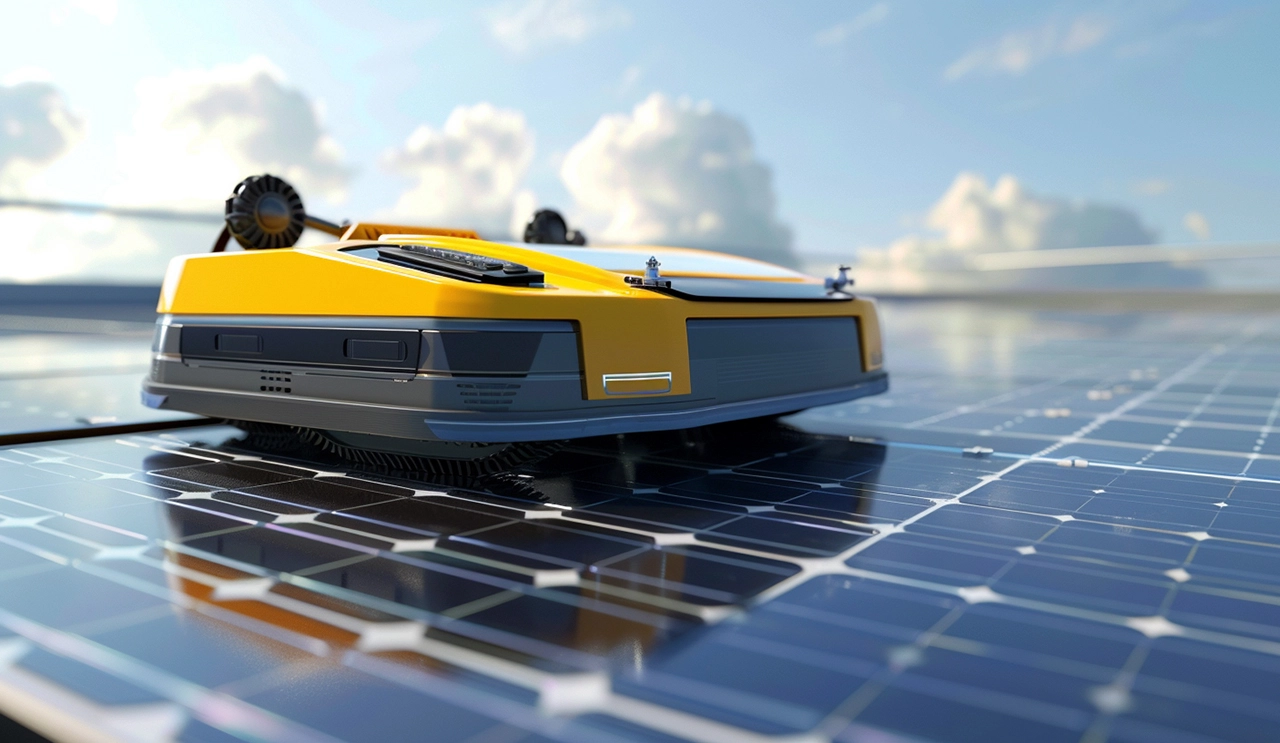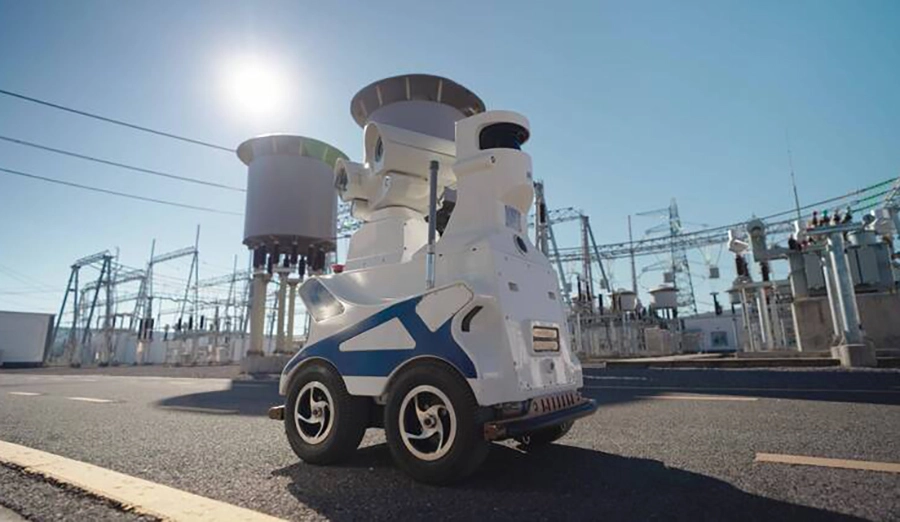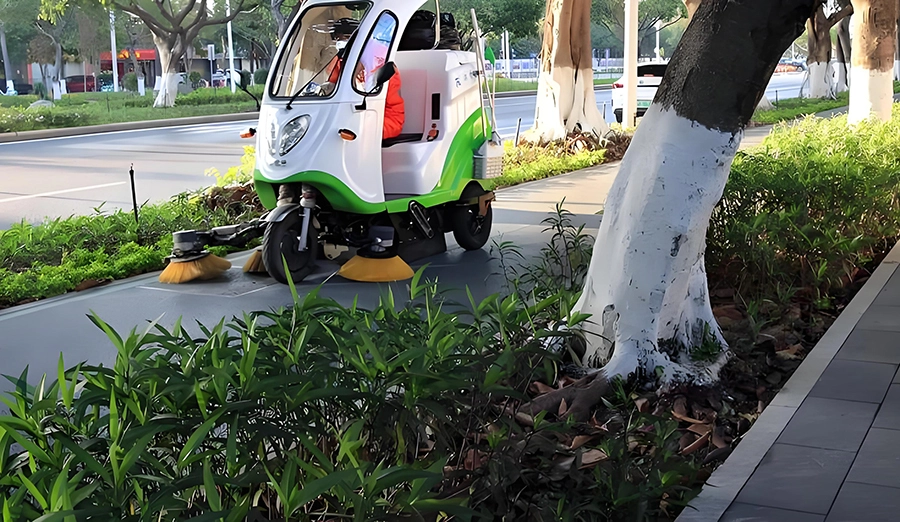
WIRELESS CHARGING IN THE NEWS
AGV wireless charging is a technology that allows automatic handling robots to replenish energy without plugging in and unplugging cables, just like the "industrial enhanced version" of wireless charging for mobile phones. Both are based on the principle of electromagnetic induction, but the AGV charging system needs to cope with more stringent environments and higher technical requirements. When the AGV enters the charging area, the ground transmitting coil generates a magnetic field through high-frequency alternating current, and the vehicle receiving coil captures the magnetic field energy and converts it into electrical energy. The current is stored in the battery after rectification and voltage regulation. This process may seem similar to placing a phone on a charging pad, but it hides several key differences.
First of all, in terms of power, mobile phone wireless charging is usually only 5-50 watts, while AGV systems often require 300-6000 watts, which is equivalent to charging dozens of mobile phones at the same time. This high power transmission requires the coil material to be more resistant to high temperatures, and also needs to be equipped with a forced cooling device. For example, an AGV charging station in an automobile factory will have a built-in fan or water cooling system to prevent the coil from overheating. The second is the accuracy requirement, mobile phone charging allows the coil offset 2 cm can still work, but in the industrial scene of AGV, if the transmission and receiving coil dislocation of more than 5 mm, the efficiency will plunge from 90% to 60%. For this purpose, the AGV is usually equipped with a laser positioning system that can control the error within 1 mm when parked, which is 50 times more accurate than charging a mobile phone.
The difference in usage environment is even more striking. Mobile phone charging is done in a dry, clean room, and AGV may face interference such as metal dust, oil, and vibration. The AGV wireless charging board in a logistics warehouse needs to be IP67 waterproof and can work normally even if it is crushed by a forklift or immersed in water 1 meter deep for 30 minutes. If metal debris falls into the magnetic field during the charging process, the system will power off within 0.01 seconds through the foreign body detection function to avoid safety accidents. These protections are almost nonexistent in phone chargers.
Charging strategies are also very different. Mobile phones usually start charging until full when the charge is below 20%, but the AGV uses a "small number of times" recharge mode. When the handling robot is waiting to load goods at the workstation, just 20 seconds of contact can replenish 5% of the battery, and this fragmented charging can maintain battery health without affecting task continuity. 300 AGVs in an e-commerce warehouse reduced charging downtime by more than 500 hours per day through this mode. And mobile phone users clearly can't accept the experience of searching for a charging pad every 10 minutes.
On the technical route, high-end AGV systems have begun to apply magnetic resonance technology. This solution allows the charging distance to be extended to 15 cm, which is three times the wireless charging distance of mobile phones, and is especially suitable for AGV models that need to cross the obstacle frequently. However, the corresponding electromagnetic shielding cost is also higher, and the price of the entire system can reach 200 times that of the mobile phone charger. In the future, with the development of technology, AGV charging may realize dynamic supply like wireless charging of electric vehicles - when the car travels along a specific route, the buried coil will continue to supply power to it, truly realizing "never stop" intelligent logistics.







